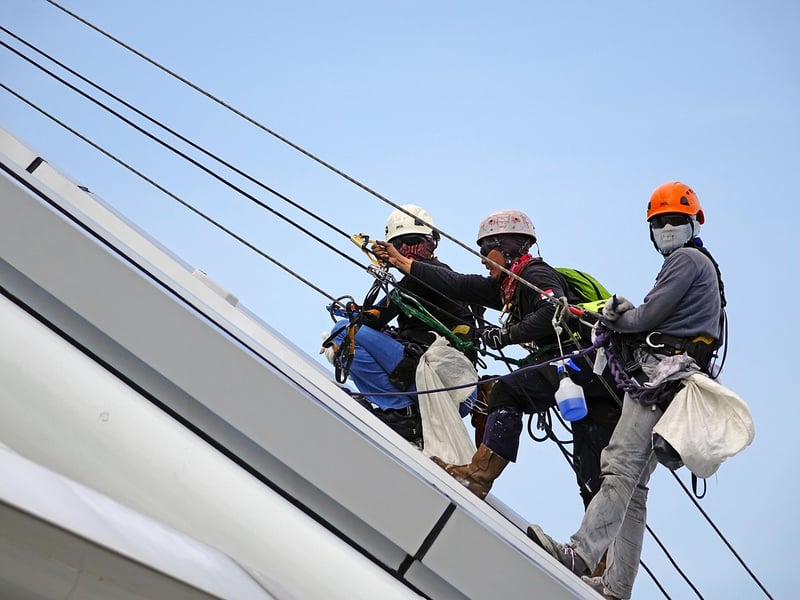Safety Protocols
Helpful Insights for Implementing Safety Protocols
Introduction
Ensuring safety in any environment is paramount, and having well-defined safety protocols is essential. Whether at home, work, or in public spaces, following safety guidelines can prevent accidents and protect individuals from harm. Here are some helpful insights for implementing safety protocols effectively.
1. Conduct Risk Assessments
Prioritize risk assessments to identify potential hazards and assess the level of risk associated with each. This step is crucial in developing targeted safety protocols that address specific threats and vulnerabilities.
2. Provide Adequate Training
Ensure that all individuals involved understand the safety protocols in place. Conduct regular training sessions to educate employees, family members, or any relevant individuals on the procedures to be followed in case of emergencies.
3. Use Appropriate Safety Gear
Provide and mandate the use of appropriate safety gear depending on the environment. This could include helmets, gloves, goggles, or any other protective equipment necessary to mitigate risks.
4. Regular Maintenance Checks
Regularly inspect and maintain safety equipment and infrastructure to ensure they are in optimal condition. Faulty equipment or neglected maintenance can compromise safety protocols.
5. Emergency Response Plan
Develop a comprehensive emergency response plan detailing procedures to follow in various emergency scenarios. Conduct drills to practice the response plan and ensure everyone is familiar with their roles.
6. Promote Communication
Encourage open communication regarding safety concerns. Establish reporting mechanisms for potential hazards or incidents to be promptly addressed and resolved.
Conclusion
Implementing safety protocols is crucial in safeguarding individuals and preventing accidents. By following these insights and continuously reassessing and improving safety measures, you can create a secure environment for everyone.

